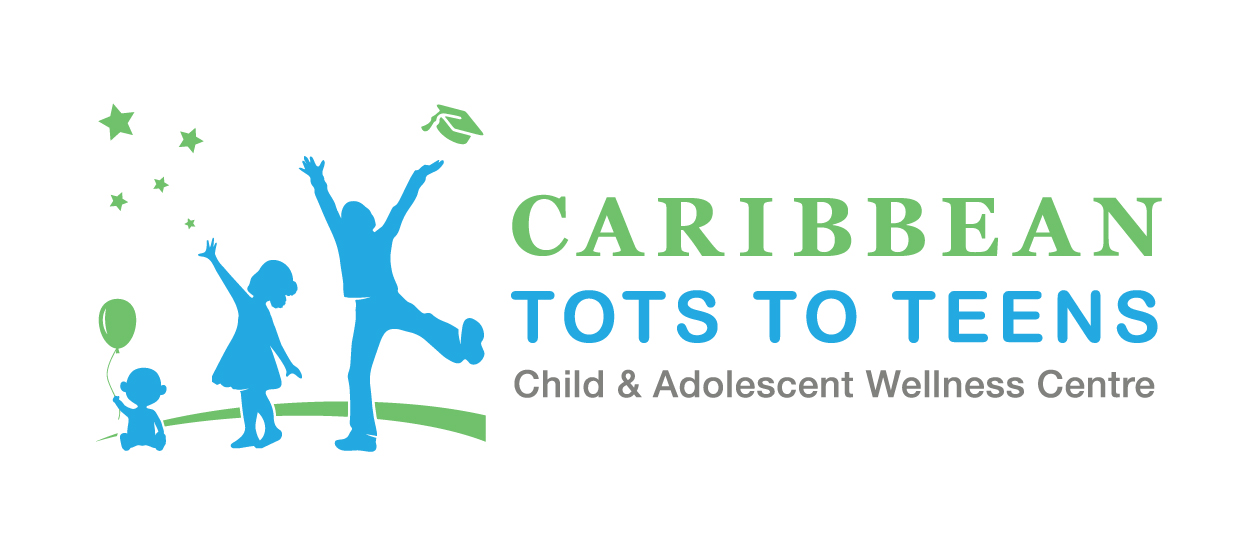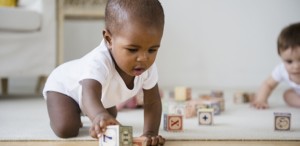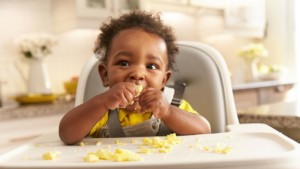Is My Baby Growing Properly? | Kerry Weatherly
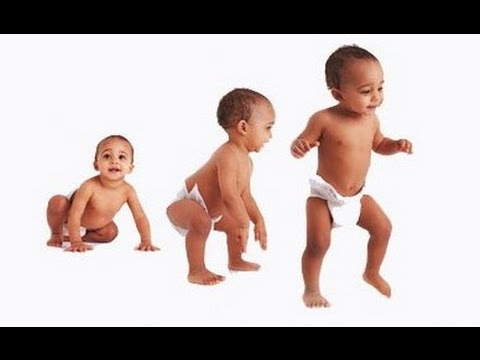
WEIGHT GAIN & GROWTH
The relationship between weight gain and growth begins at conception and continues through adolescence. From birth to the first year of life is a period of rapid weight gain and growth. The general guidelines for growth in the first year of life are:
Weight
- baby loses 5-10% of birth weight in the first week and regains this by 2-3 weeks
- birth weight is doubled by about 5 months and tripled by 12 months
Height / Length
- birth length increases 1.5 times in 12 months about 25.5 cm
Head Circumference
- birth head circumference increases by about 7.6 cm in 12 months.
It is important to remember these are guidelines. Weight gain and growth in infants will be individual. Clinicians track and assess growth using growth charts. These charts were developed based on standards which assume optimal conditions are present. Your infants growth and or weight may be above or below the standard. In many cases this is normal, and the overall trend is more important than a single recording. If you are concerned about a trend talking with a physician and a nutritionist who works with children may provide useful tips and practices to keep your baby on track. We strongly recommended that you keep a record of your infant’s growth and weight and update it regularly.
Important to note:
Exclusive breastfeeding means that baby gets ONLY breast milk only for the first six months of life.
This is recommended for an infant’s ideal growth and development.
COMPLEMENTARY FEEDING
At the age of six months complementary feeding should begin. Complementary foods are added with continued breast or formula feeding. Breast milk no longer provides all the nutrients needed for continued healthy growth and development after six months. Complementary feeding is necessary for adequate nutrition. One such nutrient required during this period of rapid growth is iron. Some good sources are fortified cereals, pureed meat, chicken, peas and beans. Vitamins C helps in the absorption of iron from plant sources. Vitamin C foods include pureed vegetables and fruit.
Complementary feeding, with the introduction of new textures and flavours is also important for taste development, acceptance of new foods and even speech.
Written by, Kerry Weatherly, Registered Dietitian/Nutritionist
Learn MoreThe Importance of Reading With Your Child | Kellie-Anne Brown-Campbell
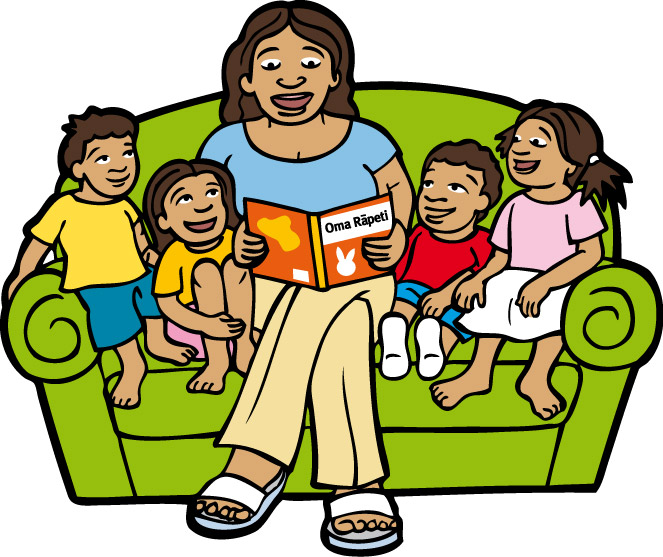
The literature is littered with numerous reports on the fact that parent involvement is a number one factor in predicting early literacy success and later academic achievement. As parents, we often pass off the importance of our roles in the development of our children’s academic skills, especially reading, onto school. Some comments which we may hear are: Why should I read to my child? They do enough of that at school! I am not a teacher! On the contrary, as a parent, you are your child’s NUMBER ONE TEACHER! Children need their parents to act as models through daily reading practice in an effort to successfully navigate through early literacy skills and build on later skills. In this article, I would like to highlight three main reasons why it is important and in fact valuable, to read with and to your children!
- Reading exposes your child to rich language and diverse content. When reading books with your children, they are exposed to a wide vocabulary and more complex and diverse ways of expression, rather than the mundane ways of communication they may experience on a daily basis. Therefore, books allow parents to expand the language environment as they become their children’s first and most important teachers. Parents are therefore able to immerse their children in rich and varied language, sparking interest in information, building imagination and even developing the cornerstones of interest in topics such as science and math. It is therefore a great idea to expose children to not just fictional material, but also non-fictional books.
- Reading with your children helps prepare their minds to succeed in school. The benefits of shared reading know no age limits. Babies are soothed by their parents’ voices; school children reading to parents can show their new accomplishments or seek their parents’ help and books for toddlers can help children get ready to learn to read. Children are used to listening to language for its meaning, but reading demands that they also pay attention to the sounds of language, helping to build phoneme and phonological awareness skills. When reading to your children ask them about rhyming words, homophones, similar syllables, etc. This helps to build a good foundation in language.
- Reading with your child can build family ties and allow for bonding.Reading with your child is most beneficial when parents take it as an opportunity to converse with their children through topics and ideas that come up in the books. Reading together is family time; it is fun time, cuddle time, a time to share your passions, perspective, and your values but also a time to listen. It creates a time for children to express themselves as well as an opportunity for parents to show their willingness to listen. Try it today! Build a conversation around a book and experience the joy of having a conversation with your child!
Written by Kellie-Anne Brown-Campbell, Licensed Associate School Psychologist
Learn More10 Reasons Why I Will continue to give My Children Handheld Devices
Last week we published the link and a short commentary based on the Huffington Post article: 1o Reasons Why Handheld Devices should be banned from children under the Age of 12. This week we are delighted to share with you a response to that same article published by blogger Hipmombrarian: mother of two girls and a librarian.
We certainly appreciate the fact that girls hardly enter technological fields. This is quite marked in the Caribbean Region. Does this trend start from as young as under 12 years? Could the young child who isn’t using technology often be … left behind?
Everything in moderation! Please tell us your thoughts after you have enjoyed the other side of the tech coin: 10 Reasons Why I Will continue to give My Children Handheld Devices.
Learn More10 Reasons Why Handheld Devices Should Be Banned for Children Under the Age of 12
The entire staff of Tots to Teens stands behind the American and Canadian Paediatric Associations in their call for parents and caregivers to consciously monitor children and their exposure to electronic media.
Note well: children under age 2 years should not be exposed to electronic media at all!
Talk to your pediatrician and your family doctor about any concerns you may have.
http:// http://m.huffpost.com/us/entry/4899218
The consequences of overexposure are real.
Learn MoreHow do you Doo? Part 3: Get Set – position matters
WEANING: Often times during weaning the texture of baby’s stool will change . The colon and rectum must adapt to this change and expel the firmer, sometimes drier stools efficiently. Many toddlers will undergo transient constipation with FIRM DRY stools and INFREQUENT passage of stools (less than once every 3 days) during this adjustment phase.
WITHHOLDING STOOL: Subsequently a few children, boys more than girls, may develop a tear “FISSURE” because of the hard dry stool. This will cause blood on the tissue or on the stool, and PAIN on the passage of stools and consciously or unconsciously avoiding stooling thereafter.
POTTY TRAINING: After potty training, most children are keen to sit on the toilet like a “big kid”! Many children do just fine on the toilet, but there is a large number of children who struggle to pass stool in that position… feet a dangling.
-
WE ARE OBSESSED WITH SQUATTING
SQUATTING IS GOOD!
Squatting is the bending of the hip and knee joints simultaneously
It results in a straightening of the rectum and enhances natural relaxation of the anal sphincters.
Numerous articles have been published about the importance of the squatting position for ease of passing stools. We at Caribbean Tots to Teens do NOT support any particular brand commercial product, but we do like this video explanation of the benefits of squatting seen here.
[youtube http://www.youtube.com/watch?v=pYcv6odWfTM?rel=0&w=640&h=360]
It is important to note that you do NOT need a commercial device, toddlers can be held in the squatting position with their backs towards the adults chest and a steadying hold just below the bended knees. They may also squat naturally when using a potty placed on the floor. Older children (up to about 20 kilograms) can stand on the toilet seat … be sure its sturdy… and squat down OR pull up a drink crate / stepping stool to allow little feet to rest comfortably with the hip and knees bent while sitting.
Does your little one need to be set in position to pass stool? Have you tried and of these techniques? Do you use a technique we haven’t mentioned here? Share with our readers, contact us! We want to know.
How do you Doo? is a series written by Dr Carolyn Jackson that addresses common infant and child stooling issues.
Learn MoreListen with your Eyes
We are overwhelmed with THINGS! Things that demand our attention. Parents have a skill for seeing what their kids don’t even think they can see 🙂 Sometimes though, we must STOP and give our full attention to what we are being told. Take the time to LOOK at your child while they are talking to you tonight at bedtime.
Let them know we are Listening
Learn MoreNew Benefits Point to Greater Benefits of Infant Circumcision, But Final Say is Still Up to Parents, Says AAP
Ultimately, all health decisions for a child are the responsibility of the parents. We at Caribbean Tots to Teens embrace research, eduction and informed decisions. Look out for our series on the healthy male baby (It’s a Boy!) in September. We welcome your comments and stories of your experience.
Learn MoreNew scientific evidence shows the health benefits of newborn male circumcision outweigh the risks of the procedure, but the benefits are not great enough to recommend routine circumcision for all newborn boys, according to an updated policy statement published by the American Academy of Pediatrics (AAP). The revised policy, like the previous one from the AAP, says the decision whether or not to circumcise should be left to the parents in consultation with their child’s doctor.
How do you doo? Part 2: A rainbow of possibilities
Many parents marvel and panic over the colour of the stool their child passes. Stool colour is DIRECTLY affected by what a child eats and the health of the intestinal tract. Once the first sticky (dark green and very gooey) meconium of the newborn is passed your child’s stools will take on a range of colours from green to gold to brown, varying with food intake, illness and antibiotics. Almost any colour in the green-gold-brown range is normal and no cause for alarm once the consistency of the stool is normal (see How do you Doo?: Part 1). Below is a picture of the acceptable colour ranges for stools of a normal BSF type 3 and 4 consistency.
(photo taken from facebook.com/EnzymaticTherapy)
A stool that is greener in appearance indicates that the bile was released into the intestine but not “processed” but the lining bacteria. This may be because of rapid emptying (including diarrhoea, high fruit or fibre intake and laxatives) or because of a disruption to the bacterial population of the large intestine (colon) such as with antibiotic medication. As bile is processed it goes from gold to green to brown. The colour alone is NO reason to be alarmed in this situation.
GET A SAMPLE
Any drift from this safe ring of colour may be an indication that something is awry in the intestines. Although guilty foods can often be identified as the culprits, the safest thing to do is to GET A SAMPLE of the oddly coloured stool and make a trip to your doctor as quickly as possible. Stool may be collected and stored in a small air-tight plastic container, preferably in a cool environment. The sample should be delivered within 24 hours for best representation.
TAKE A PICTURE
When in doubt TAKE A PICTURE also. Any information you can preserve is always helpful!! STOP and consider what to do before you flush any concerning specimen away.
A picture is worth a thousand words, and many pictures are not for the faint of heart. You can upload your pictures anonymously to http://www.tumblr.com/blog/howdoyoudoo for help classifying what you are seeing at home.
For children under 7 years, it is good for parents to observe the stools consistency, frequency and colour. We will continue to address these issues in this blog. Please post or email your specific questions, we would love to help unravel the mysteries you may be facing.
How do you Doo? is a series written by Dr Carolyn Jackson that addresses common infant and child stooling issues.
Learn More